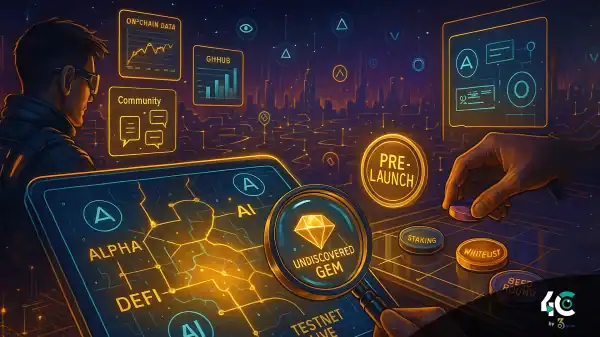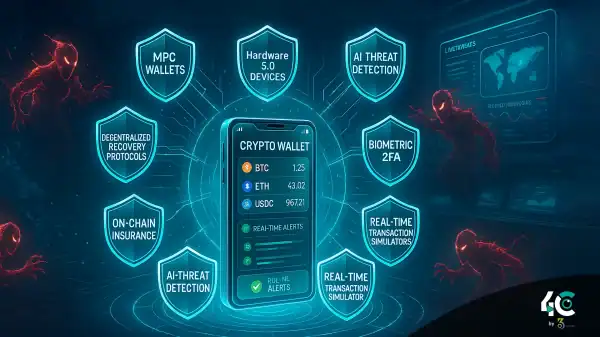The future of crypto isn’t tribal—it’s interoperable. As the blockchain space becomes more mature, it’s clear that the next wave of growth and development will be driven by protocols that link blockchains together. In essence, the blockchains that can effortlessly communicate with each other will ultimately prevail.
Why Interoperability Matters
In the early days of crypto, every blockchain worked like a closed island. When Bitcoin could not talk to Ethereum, Solana could not talk to Avalanche. Because these systems did not work together, it was difficult to move assets. Also, it made it hard to build apps.
Interoperability has now become a priority, thanks to users and developers demanding seamless experiences. To unlock usage possibilities, asset trading, borrowing on one chain while collateralizing from another, and running dApps over multiple ecosystems, interoperability is essential.
The Benefits of Interoperability
Unified Liquidity.
Cross-chain bridges and protocols allow for smooth movement of assets from one network to another and increase the liquidity in the market and thus reduce slippage.
Composability.
With the use of tools and primitives across chains, developers can build applications that employ an oracle from Chainlink on Ethereum but settle on Arbitrum.
User Experience.
Cross-chain tech makes the crypto experience smoother and intuitive by ensuring users don’t have to voluntarily bridge or learn new wallets.
Innovation.
Open communication between blockchains will allow for ideas and features to flow freely.
Key Players Driving the Movement.
The Inter-Blockchain Communication protocol (IBC) of Cosmos allows sovereign blockchains to speak to one another.
Polkadot connects different parachains with the help of its Relay Chain, which helps us with interoperability.
LayerZero is a lightweight messaging protocol that allows various chains (like Ethereum, BNB Chain, Avalanche, etc.) to seamlessly communicate.
Wormhole & Axelar: Bridges and messaging layers that facilitate asset and data movement across major networks.
Chainlink CCIP is growing to be an enterprise standard Cross-Chain communication protocol of Chainlink.
Use Cases Already Taking Off.
NFT projects like Stargaze on Cosmos allow for assets to move across zones.
The protocols that will enable users to earn yield or swap with minimal friction across chains are Stargate, ThorChain and Synapse.
You can take your assets and identities across all ecosystems, including Avalanche, Polygon and Immutable.
Challenges & Risks.
Interoperability is powerful, but it’s not without risks.
Cross-chain bridges have witnessed exploits of some of the biggest hacks in the crypto space, like the $600M Ronin Bridge hack.
As a result of diverse consensus times across various chains, latency and finality concerns arise, which can lead to delays.
If we create too many interoperability standards, it would create a fragmented world even before true interoperability is achieved.
What This Means for the Next Bull Run
In the 2020–2021 bull run, Ethereum dominated. But now, the multi-chain future is real. Investors and consumers prefer modular ecosystems that are scalable, rather than walled gardens. Compatible chains like Cosmos, Polkadot, or chains with LayerZero or Chainlink CCIP that allow cross-chain communication will be able to capture huge value.
Conclusion
The evolution of cryptocurrency will not be about which chain wins, but which networks can benefit from each other. The projects we’ll have interoperability on the first chemical will begin enriching the other chains with utility. Chains that talk to each other will not just survive but will define the next era of Web3.

































